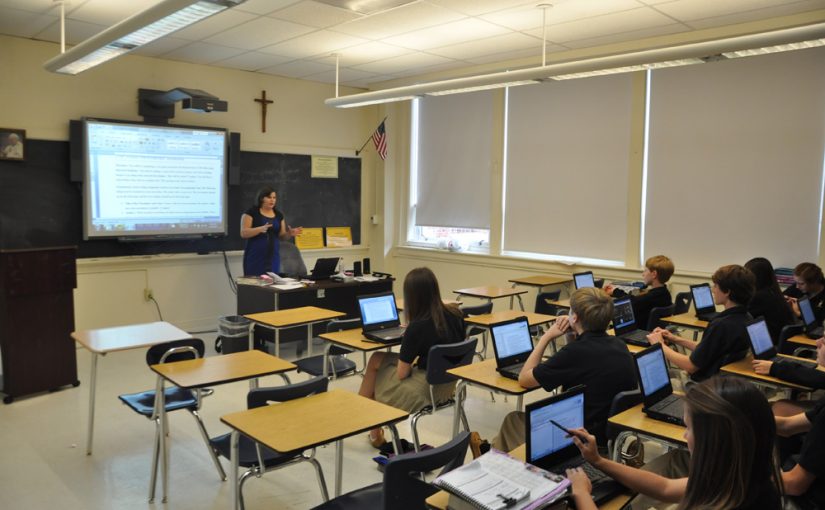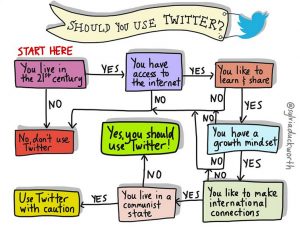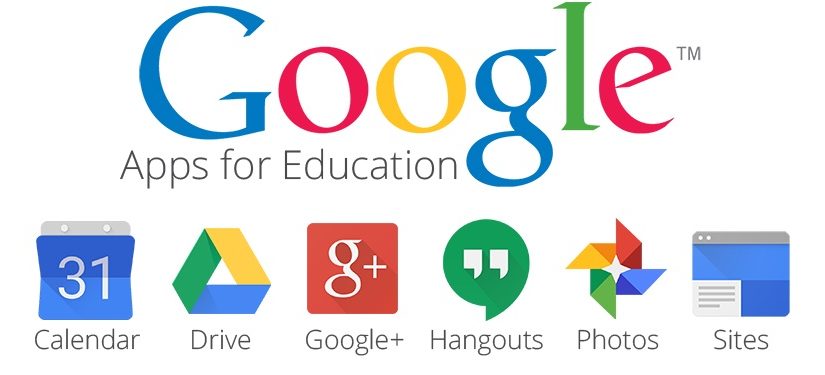
To the educator wary of technology, the idea of being transformed into a digital leader connected to a network of global leaders may appear very daunting if he or she merely uses Facebook or Twitter, as a resource for keeping in touch with relatives and close friends in a friendly and comfortable environment. This is the platform that relaxes a person after a long day at work and after logging in and carefully searching for information that will entertain and diffuse the day’s activities, they are now ready to snuggle up with their “friends” and have a sense of total relaxation. How can these be the chosen platforms when you now have to deal with students who need creativity and continuous focus on a new mode of learning?
Digital Leadership by Eric Sheninger (2014) states “I am a digital leader, connected not only to my school, but to a global network of educators that has evolved into my most treasured resource (p. xxxv). On the one hand we have a leader who is totally absorbed in a network of global interface and is consistently showing the world that this has transformed him into a leadership position of great value and esteem, because he has overcome all barriers and has entered the threshold where different minds meet to interact, collaborate, exchange views, and most importantly learn from each other. On the other hand there are those who are having a difficult time envisaging the impact of technology on education even when it is clear that this is the preferred method of learning for our students, and the present method is outmoded and in dire need of change.
It is inevitable that social media will continue to improve by reaps and bounds as the needs of society expand and leaders in all sectors integrate this technology into their operations, and can show proof of how profitable, effective, and creative the use of these platforms can be. For education, however, it is highly important that leaders know and understand what the gains are and how they will be achieved through determination and consistency. It is obvious that the use of social media is not the enduring factor here, but the idea of changing to a brand new environment where students see themselves as agents of change and are equally expecting us to follow suit.
Let’s look at Facebook and Twitter as the vehicle that will drive student performance and greater knowledge, instead of taking an opposing view while hurting a new generation of social media enthusiasts, who are willing to engage in online interaction and collaboration to attain a global education for the 21st century.
References:
Sheninger, E (2014). Digital Leadership. Changing Paradigms for Changing Times. (1st Edi.)Corwin, Thousand Oaks, CA. 91230






